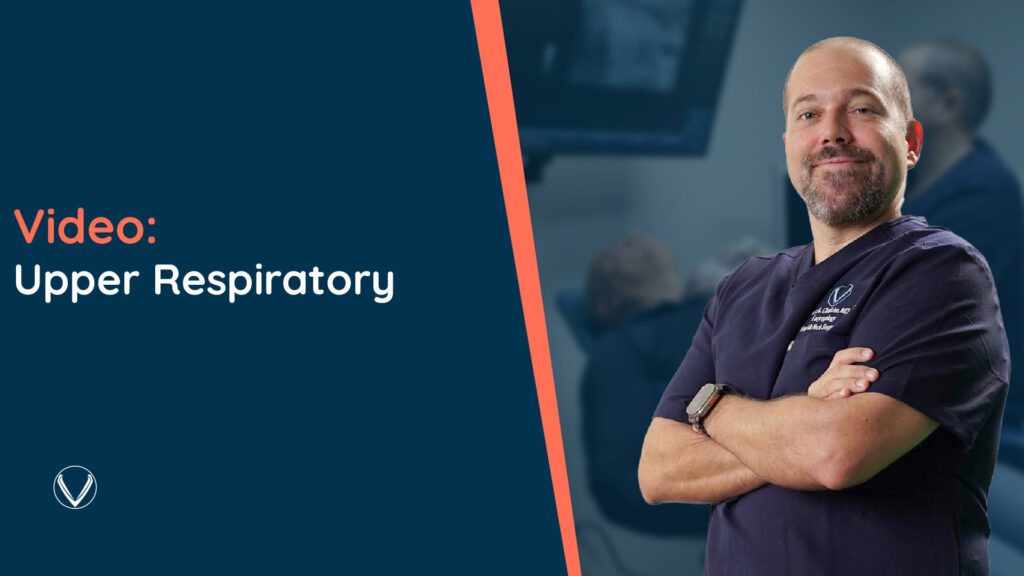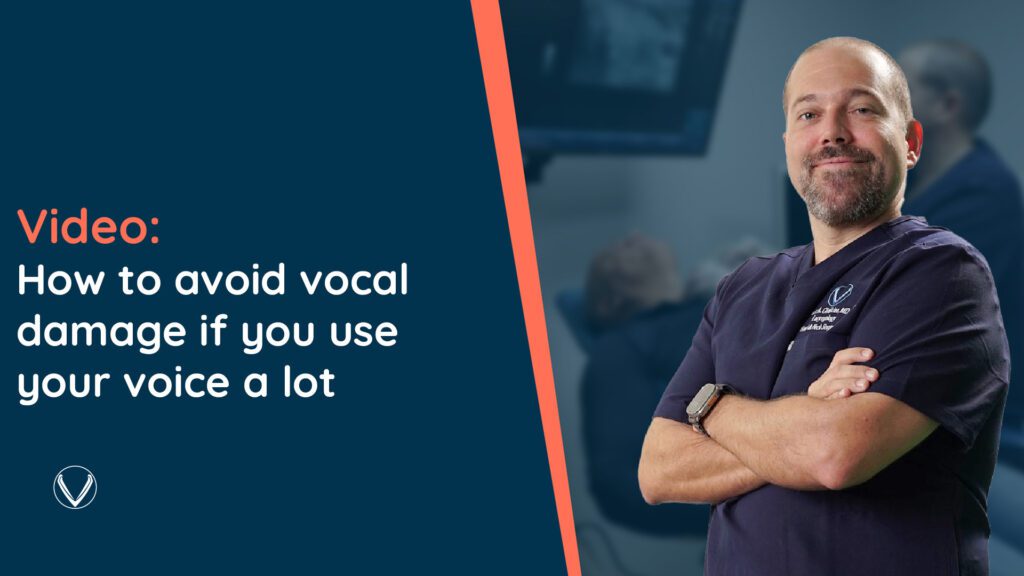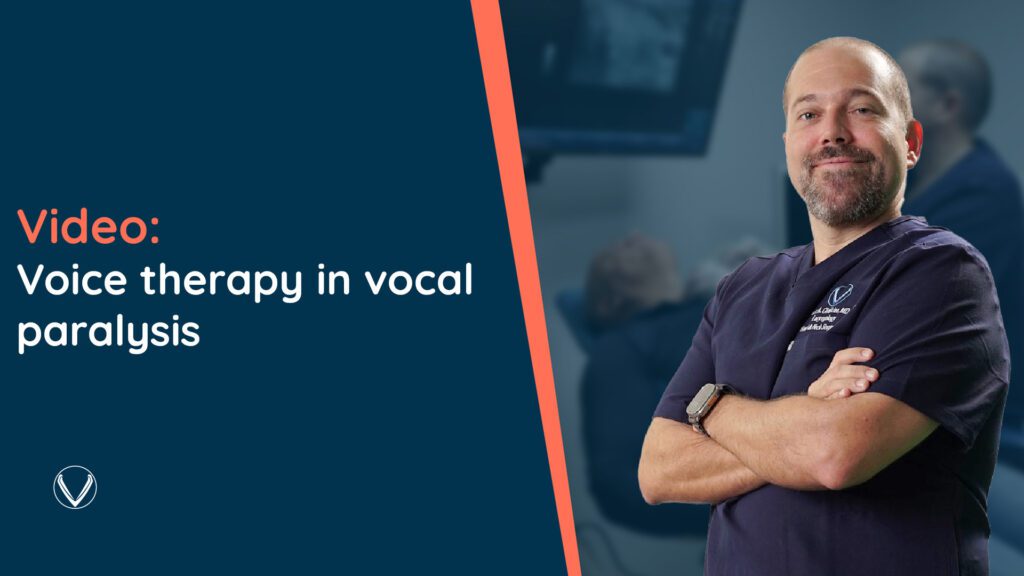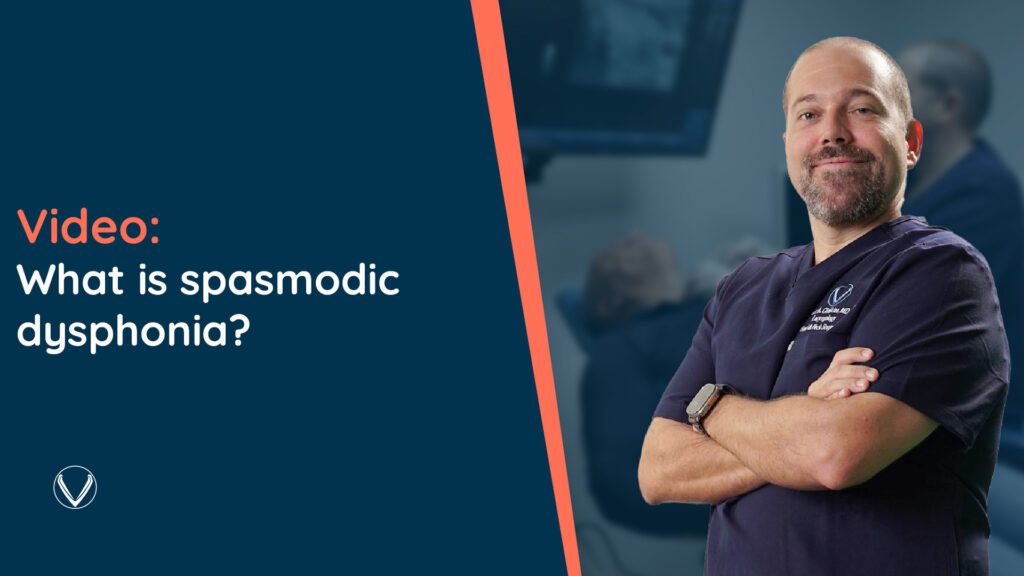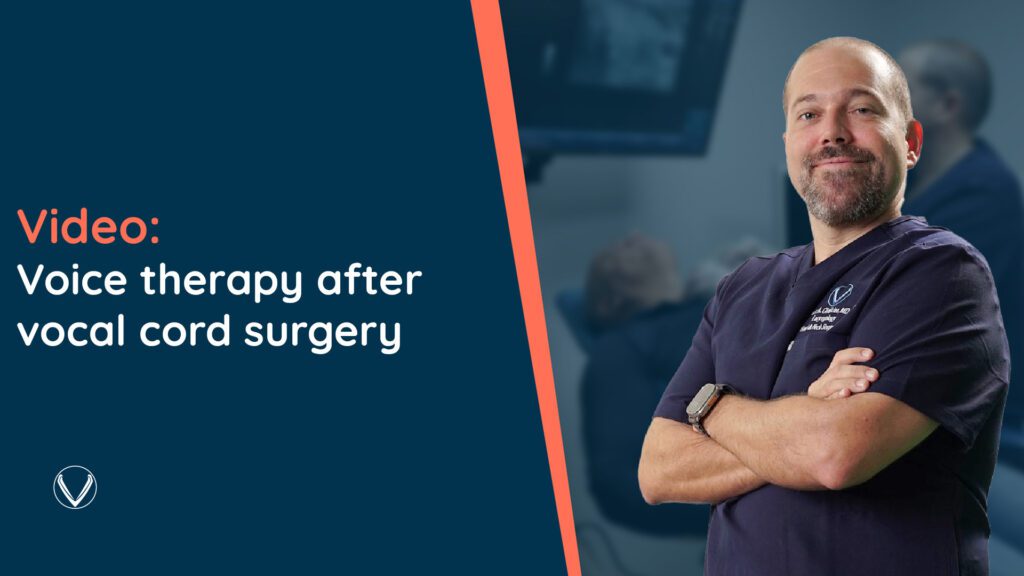Treatments
Thyroid Radiofrequency Ablation (RFA)
Thyroid RFA is a minimally invasive procedure for treating thyroid nodules. Using ultrasound, the nodule is located, and controlled energy is applied through an electrode to eliminate it. The thermal heat from the RFA degenerates the nodule, and the eliminated tissue is naturally expelled in the following months.
The importance of the thyroid
The butterfly-shaped thyroid gland located in the neck is essential for the normal functioning of the body. As part of the endocrine system, it regulates heart rate, temperature, blood pressure, and metabolism through hormone production.
Thyroid nodules and traditional treatments
Thyroid nodules are usually benign but can cause discomfort when swallowing, swelling, and hormonal imbalances. Total thyroidectomy surgery, though effective, may leave scars and lead to hypothyroidism, requiring lifelong medication.
Benefits of choosing Radiofrequency Ablation
- Preservation of healthy thyroid tissue
Preserves healthy thyroid tissue and allows for normal functioning without the need for lifelong medication. - Minimally invasive procedure
Uses a fine needle, avoids surgical scars, and does not require general anesthesia. - Quick recovery
An outpatient procedure with no hospitalization and shorter recovery times. - Effective nodule volume reduction
Clinical studies show significant reduction in the size of benign nodules: up to 73% in 6 months and 93% in 4 years. - Improved quality of life
Thousands of patients worldwide have successfully treated their thyroid condition with STARmed Thyroid RFA.
Treatment Phases
Before
The doctor will perform a general assessment, including the medications you are currently taking. Although most medications do not interfere with the treatment, if you take anticoagulants, you may need to stop taking them a few days before the procedure.
During
Preparation: You will lie back on a cushion with your neck extended. Grounding pads (neutral electrodes) are placed on your thighs, the skin is cleaned, and local anesthesia is applied around the thyroid. During the procedure, you will be able to breathe, speak, and swallow normally.
Ablation: Using ultrasound, a fine electrode is inserted into the nodule. The doctor controls the energy flow to treat the tissue, monitors real-time changes, and makes adjustments if necessary.
After
A bandage is placed, and cold compresses are applied to the neck to reduce discomfort.
You will be observed for a brief period before discharge. Consult with your doctor before the procedure regarding the possibility of driving, as you may need someone to bring you and pick you up. In most cases, you can resume your normal activities almost immediately.
The treated nodule will gradually decompose, and the immune system will eliminate it.
Frequently asked questions about the treatment
Radiofrequency ablation (RFA) carries minor risks such as burns on the skin, bruising, and nausea. Major complications, though rare, include rupture of the nodule, infections, and temporary or permanent changes in the voice. The risk of permanent damage to the laryngeal nerve affecting the voice is less than 7%.
After the procedure, the immune system eliminates the cells from the treated nodule. Nodules typically reduce in size in 2-3 weeks, and the total reduction may be 40%-60% in three months, and up to 90% after a year. Symptoms such as difficulty swallowing and pressure in the throat usually improve significantly. The healthy thyroid gland will continue to produce thyroid hormone.
Local anesthesia is administered before the procedure, so most patients do not experience pain. During the RFA, it is normal to feel pressure or pushing in the neck, but it is generally not painful. Some patients may feel warmth or discomfort radiating toward the ear or jaw. After the procedure, cold compresses are applied, and pain medication is provided if necessary.
One procedure is usually enough to reduce the size of the nodules and relieve symptoms. However, if the nodules are close to the vocal cord nerves or are very large, additional procedures may be needed for significant reduction. Also, untreated areas of the nodule may limit the improvement of thyroid function, so full ablation and more than one treatment may be required.
No. The procedure is performed with a fine needle. Small needle marks may remain on the neck for one or two days after the procedure, but no visible scars will be left.
Education
Access educational content about voice and swallowing conditions, as well as the treatments available at our centers.
